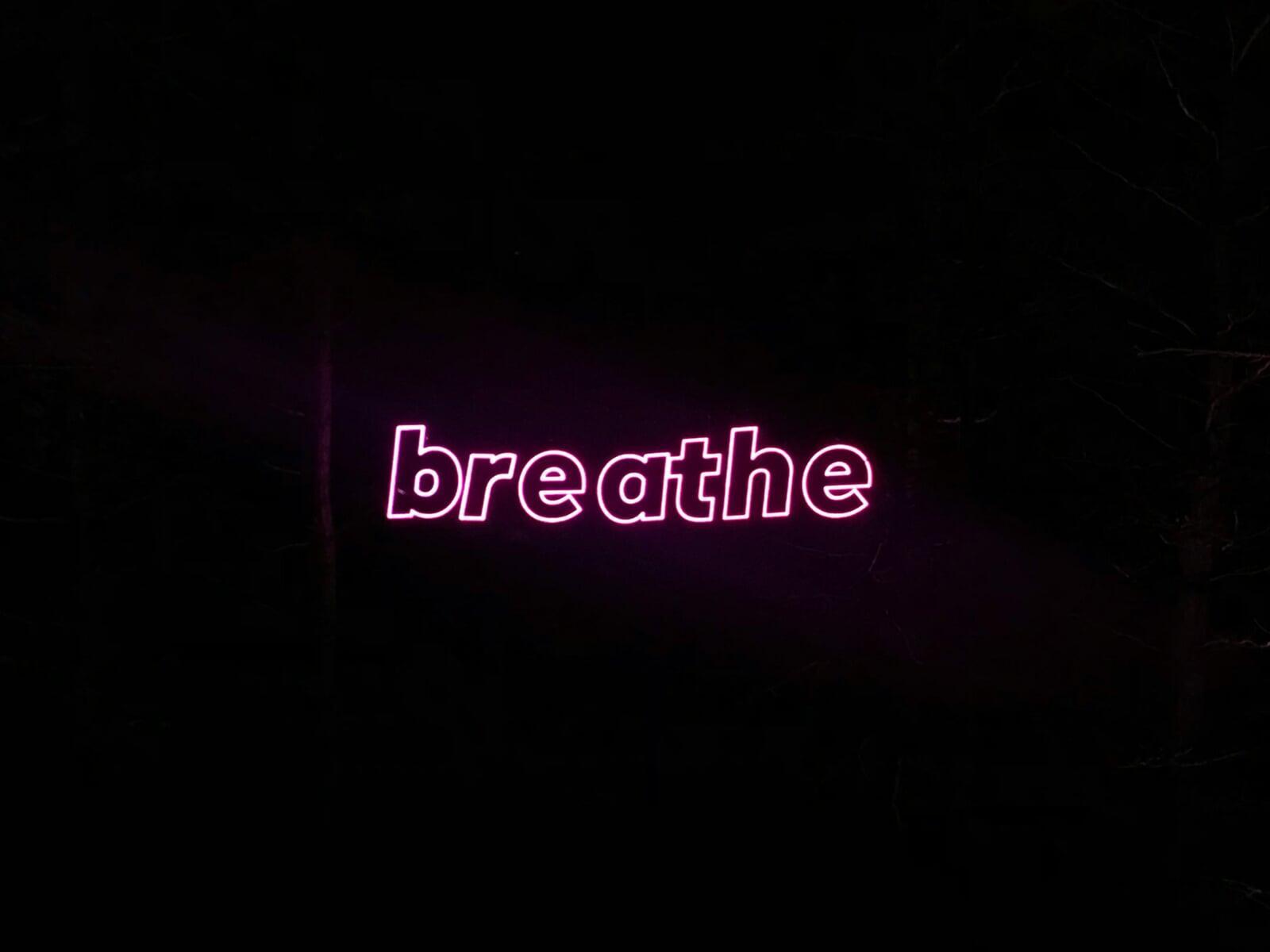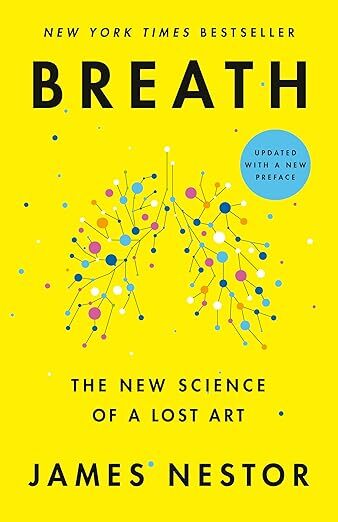Box Breathing
Reduce Stress with Controlled Breathing

Introduction
Box Breathing, also known as square breathing or four-square breathing, is a simple yet powerful relaxation technique used to reduce stress, improve focus, and promote emotional balance. Popularized by Navy SEALs to enhance performance under pressure, it involves a rhythmic pattern of inhaling, holding, exhaling, and holding again—each for an equal count, typically four seconds. This method is effective for managing anxiety, improving concentration, and calming the nervous system, making it accessible for anyone seeking mental clarity or stress relief.
Why It Works
Box Breathing regulates the autonomic nervous system by activating the parasympathetic response, which promotes relaxation and counters the "fight or flight" stress response. The structured breathing pattern slows heart rate, lowers blood pressure, and increases oxygen flow to the brain, enhancing focus and emotional regulation. Research shows box breathing can reduce cortisol levels, alleviate anxiety, and improve cognitive performance, making it a valuable tool for stress management, sleep improvement, and mental resilience.
How To Do It
Instructions:
Sit upright in a quiet, comfortable space or lie down if preferred. Place your hands on your lap or knees, and close your eyes to minimize distractions.
2. Breathe Through Your Nose
Use slow, deep nasal breathing throughout the exercise to maximize oxygen intake and engage the diaphragm.
3. Follow the Box Pattern
Perform the following steps in a steady rhythm, counting to four for each phase:
- Inhale: Breathe in deeply through your nose for 4 seconds, filling your lungs.
- Hold: Hold your breath for 4 seconds, keeping your body relaxed.
- Exhale: Slowly exhale through your nose or mouth for 4 seconds, releasing all air.
- Hold: Pause and hold your breath for 4 seconds before starting again.
4. Repeat the Cycle
Continue the pattern for 4–5 cycles (about 1–2 minutes). Gradually increase to 5–10 minutes as you become more comfortable.
5. End with Awareness
After your final cycle, take a moment to notice your body’s relaxed state. Breathe naturally for 1–2 minutes, observing any changes in tension or mood.
Helpful Tips:
- Start small: If four seconds feels challenging, begin with a 3-second count and gradually increase.
- Stay relaxed: Keep your shoulders and jaw loose to avoid tension.
- Practice anywhere: Box breathing is discreet and can be done at work, home, or in stressful situations.
- Sync with visualization: Imagine tracing a square as you breathe to maintain rhythm.
- Use a timer: Apps or a metronome can help keep your counts consistent.
- Practice daily: Aim for 5–10 minutes, especially during high-stress moments or before bed.
- Combine techniques: Pair with mindfulness or meditation for deeper relaxation.
- Be patient: Regular practice enhances benefits over time.
Recommended Videos
Box Breathing Relaxation Exercise
Hands-On Meditation
Guided Wim Hof Method Breathing
Wim Hof
Box Breathing Relaxation Technique
Sunnybrook Hospital
Influential Books
There is nothing more essential to our health and well-being than breathing: take air in, let it out, repeat twenty-five thousand times a day. Yet, as a species, humans have lost the ability to breathe correctly, with grave consequences.
Knowing how to breathe and how to use your breath purposefully has been proven to reduce negative mental and physical issues and actually heal the body and mind.
* As an Amazon Associate I earn from qualifying purchases.
Helpful Websites
Popular Apps
Scientific Research
- Telles, S., et al. (2021). Effects of controlled breathing techniques on anxiety and heart rate variability: A randomized controlled trial. Frontiers in Psychology, 12, 700240. https://pubmed.ncbi.nlm.nih.gov/34512488/
- Russo, M. A., et al. (2017). The physiological effects of slow breathing in the healthy human. Breathe, 13(4), 298–309. https://pubmed.ncbi.nlm.nih.gov/29209423/
- Zaccaro, A., et al. (2018). How breath-control can change your life: A systematic review on psycho-physiological correlates of slow breathing. Frontiers in Human Neuroscience, 12, 353. https://pubmed.ncbi.nlm.nih.gov/30250466/
- Magnon, V., et al. (2022). Benefits of controlled breathing on stress and anxiety: A meta-analysis. Psychological Reports, 125(3), 1357–1378. https://pubmed.ncbi.nlm.nih.gov/33913376/
Related Topics:
Strongly Related
Reduce Stress:
[Links to related web pages]
[Links to related web pages]
[Links to related web pages][Links to related web pages]
Moderately Related
Issue B:
[Links to related web pages]
[Links to related web pages]










